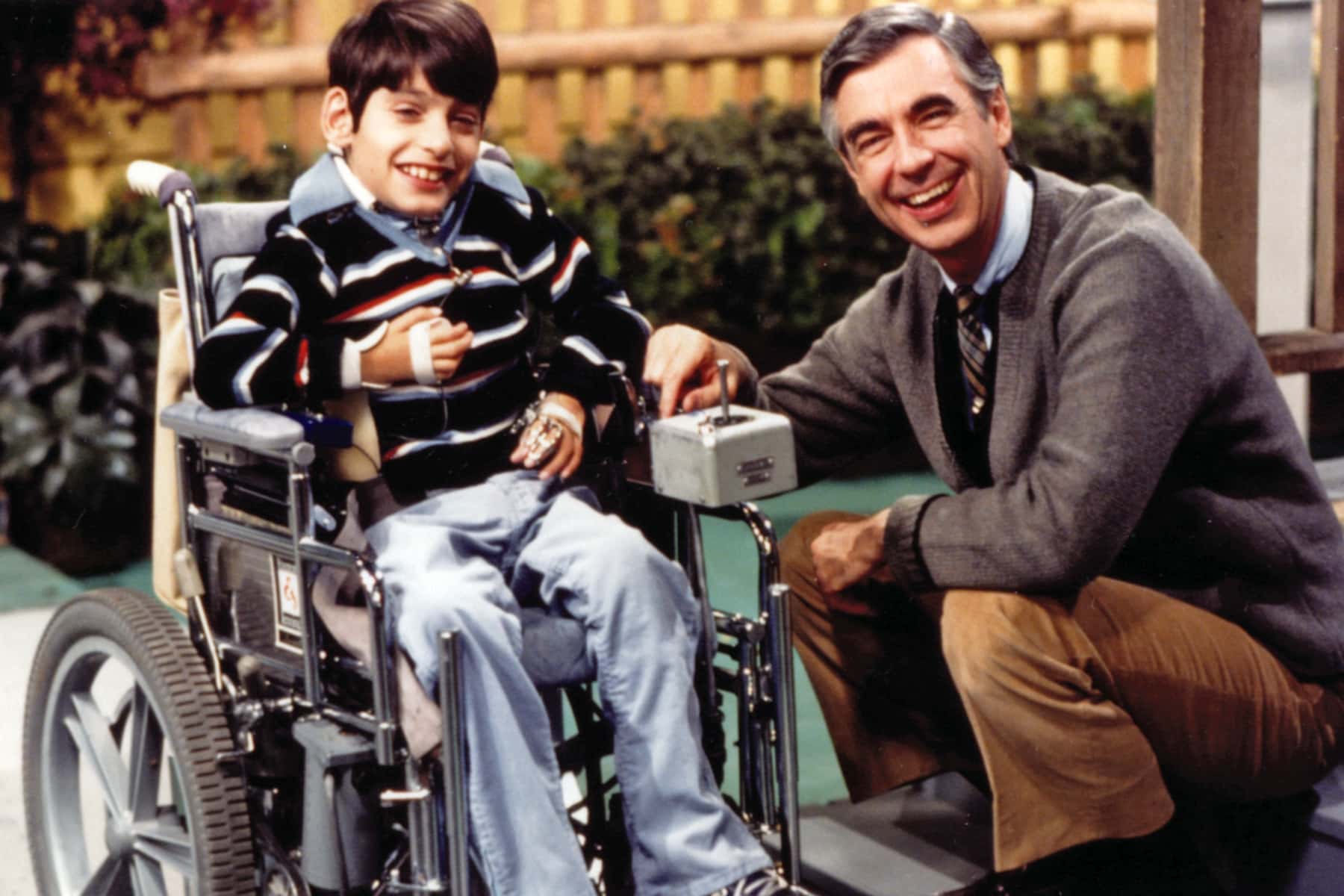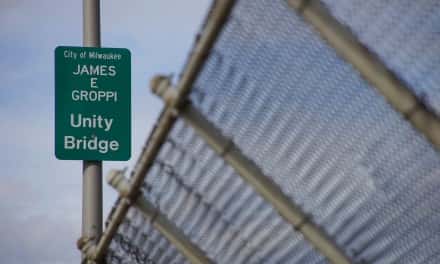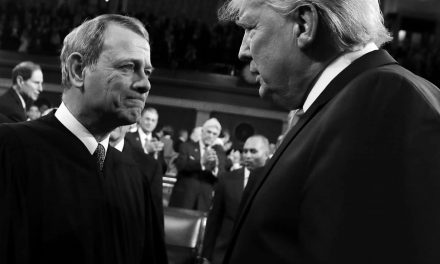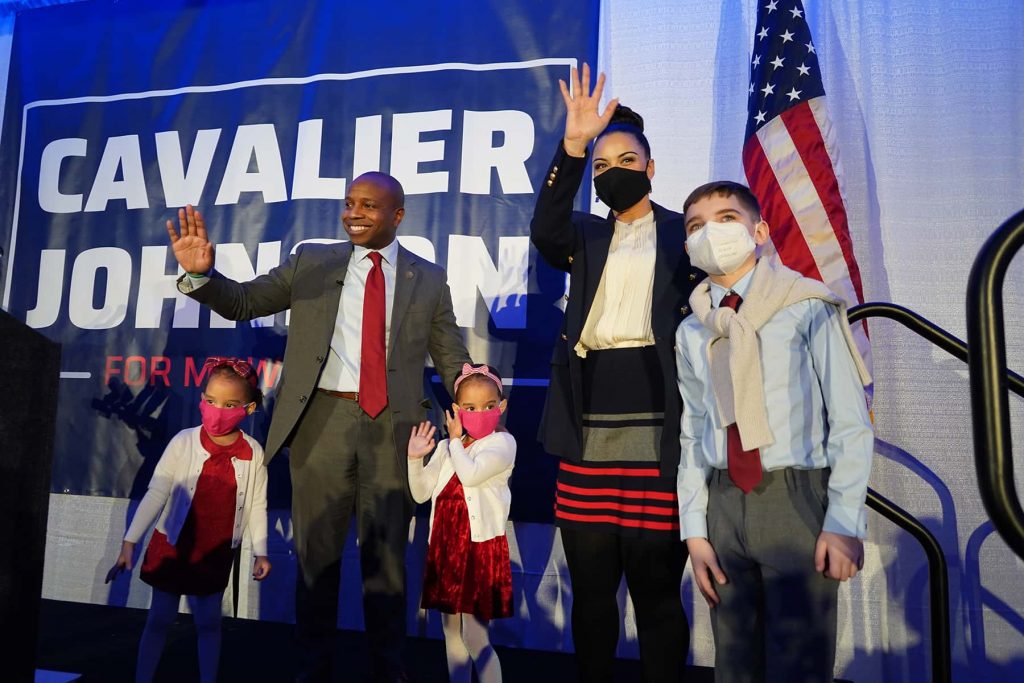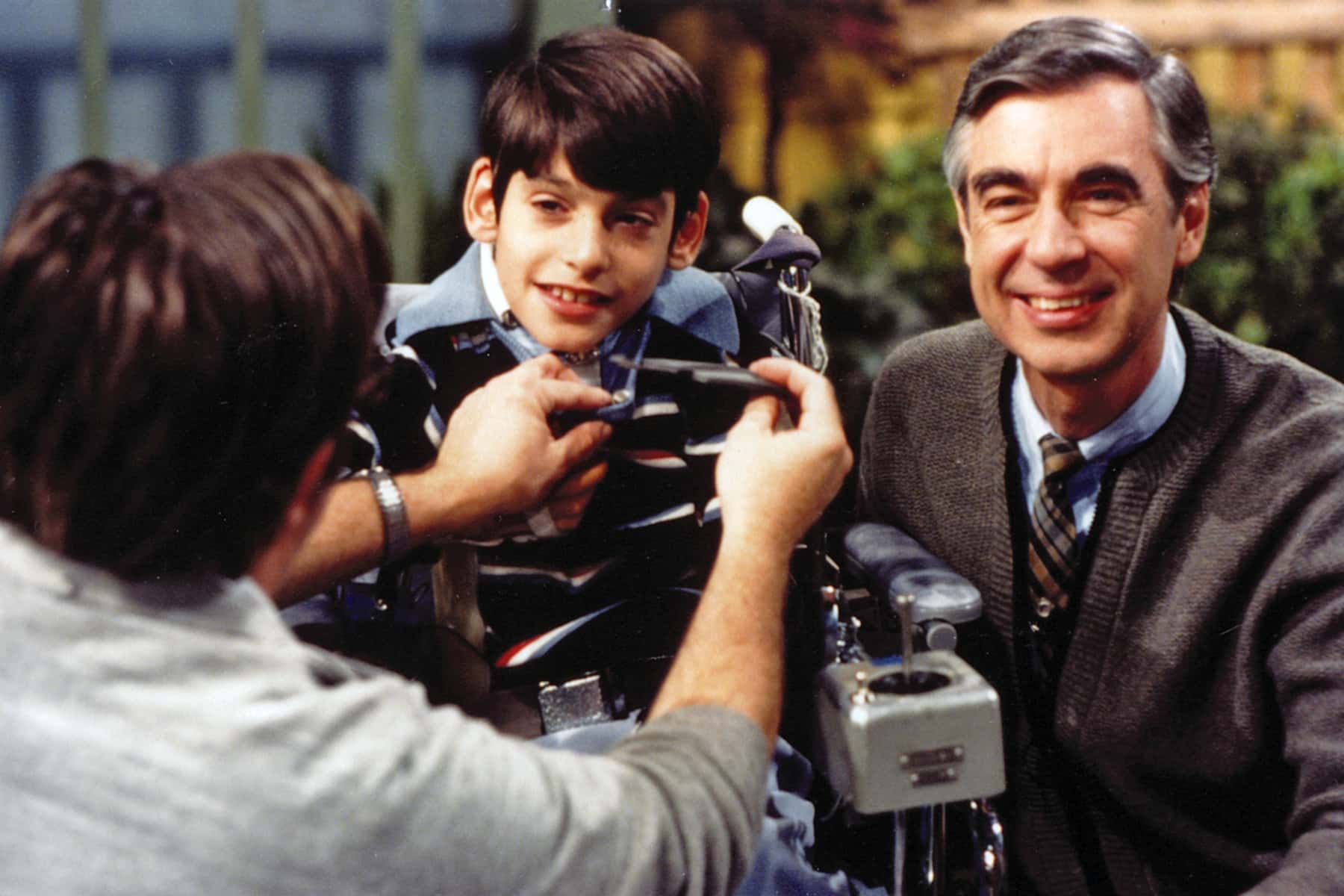
By Timothy D. Lytton, Distinguished University Professor & Professor of Law, Georgia State University
The beloved children’s television icon Fred Rogers, who is played by actor Tom Hanks in the film “A Beautiful Day in the Neighborhood,” entered the world of children’s programming during an era of massive political and cultural upheaval.
When Fred Rogers wrote a script that included an electric wheelchair, he had Jeff Erlanger in mind.
His producer and director tried to convince him that instead of bringing in Jeff’s family all the way from Madison, Wisconsin, they would be able to find someone locally. But Fred Rogers insisted, “I want Jeff.”
They had first met when Jeff was five. Jeff’s parents, knowing he was about to have especially difficult spinal surgery, wanted to fulfill his wish to meet his longtime “television friend” Mister Rogers. When Fred was travelling to nearby Milwaukee, they had a chance to meet. There must have been something about Jeff that resonated with Fred Rogers that day – and he was right.
Jeff was an extraordinary boy with profound disabilities. He was charming and delightful, open and honest. Mister Rogers didn’t dismiss Jeff’s disability or the difficult times “when you do feel sad.” He wanted to give Jeff a chance to talk about it and share those honest feelings with others.
When Jeff was asked how long it took to tape the ten-minute segment in the studio, he cheerfully answered, “Ten minutes!” That’s what makes this moment on television even more remarkable. It was unscripted and unrehearsed. Jeff was just told they’d talk about why he needs a wheelchair and maybe they’d sing a song. The result was an exquisitely human “visit” capped off by Jeff joining in to sing “It’s You I Like.” As Fred Rogers himself would say, naming this visit with Jeff Erlanger as his most memorable moment, “so authentic, just a conversation between two people who care about each other.”
Almost twenty years later, when Fred Rogers was inducted into the TV Hall of Fame of the Academy of Television Arts and Sciences, who was brought in to introduce him to the audience? None other than Jeff Erlanger. Fred was so delightfully surprised that he leaped up on stage.
In the 1960s, Americans were witnessing the horrors of war from within their homes for the first time, on television screens. Civil rights activists such as Martin Luther King Jr. were fighting for racial and economic justice, and these protests were often violently suppressed. The feminist movement was also seeking equal rights and freedom for women.
As a scholar of American religion, politics and popular culture I’ve examined how the religious and spiritual backgrounds of cultural and political icons shaped their contributions to American television programming, especially in tumultuous times. Rogers, who was an ordained minister, taught everyone, in particular children, to follow a greater calling – that of serving their fellow humans.
Programming for social change
In the late 1960s, American prime time television was going through a change. Producers were trying to use the medium to address social problems. In the 1970s, Norman Lear, often referred to as the father of modern-day sitcoms, brought to television the comedy series “All in the Family,” which explored issues of racism, homosexuality, women’s liberation and the Vietnam War, among other concerns of the time.
The protagonist Archie Bunker was modeled after Lear’s own father: He was a working-class, seemingly uneducated and outspoken but “lovable” bigot. The writers used his character to address problems in American society and their insidious effects. Another sitcom that foregrounded social issues was “The Mary Tyler Moore Show.”
The show’s writers brought awareness to women’s rights through the program’s plotlines. Each week, millions looked on as Mary attempted to negotiate the various challenges of her time, including admitting to using “the pill” in front of a live studio audience.
Children as ministry
Rogers would bring a similar approach to children’s programming through his iconic show, “Mister Rogers’ Neighborhood.” Much like his contemporaries, Rogers viewed television not as a passive instrument of entertainment but as an interactive medium that could shape individuals in real time.
In many respects, I would argue that Rogers’ iconic invitation, “Won’t you be my neighbor?” reflected the religious sensibilities of Jesus’ Sermon on the Mount, which encouraged individuals to turn the other cheek, to assist the less fortunate and to love their neighbors as they would love themselves.
Rogers attuned children and their developmental journeys to the most significant attributes of what it means to be a human: love, compassion and kindness for others. In many ways, this is also what he meant by being a good neighbor.
“I want to be a vehicle for God, to spread his message of love and peace,” Rogers said in an interview with the “Vegetarian Times,” a Southern California periodical first published in 1974. Rogers was a vegetarian too.
As for the children, as he said in another interview, they were his “congregation.”
What shaped Mr. Rogers?
Raised in the Presbyterian tradition of Protestant Christianity, Rogers valued hard work, commitment to one’s family and service to one’s fellow human beings. Maxwell King, who was the biographer for Rogers, attributes these qualities to his mother, Nancy Rogers’ deep influence. Nancy engaged Fred throughout his childhood in meaningful conversations and treated him as an adult, according to King’s 2008 book, “The Good Neighbor: The Life and Work of Fred Rogers.”
“She loved to talk. And she loved to talk with Fred,” writes King. But “never to Fred; always with Fred.”
For his graduate education, Rogers enrolled in Pittsburgh Theological Seminary. At the same time, he continued to be interested in children’s television programming. While splitting time with his coursework, Rogers started working as a program manager at the local Pittsburgh public broadcasting station WQED in 1953.
Meanwhile, Rogers was excelling at his ministerial work. He even won a prize for his preaching ability and would often give a sermon or two at Pittsburgh’s Sixth Presbyterian Church, a congregation known for its sexual and racial inclusivity.
Ministering in prime time
Rogers’ desire to take on challenging subjects would later reveal itself on Mister Rogers’ Neighborhood, which debuted on Feb. 19, 1968. In episode after episode, over the TV show’s extensive run, Rogers attempted to explain challenging societal issues such as divorce and instances of political or social violence for children.
One episode of Mister Rogers’ Neighborhood in May of 1969 demonstrated to children how issues of race could be dealt with. Demonstrating the power of empathy and human compassion, Rogers invited an African American police officer played by actor François Clemmons onto the set as “Officer Clemmons.” At a time when black people could not swim alongside whites in many public places, the American audiences witnessed Rogers and Officer Clemmons wash their feet in a small plastic swimming pool. It was also a reminder of the Christian tradition of foot washing.
In another such example, Rogers did a series of five episodes, first aired on November 7, 1983, in which he addressed the difficult subject of conflict between two neighboring lands. The series warned its audiences of the dangers of war in general and the stockpiling of bombs in particular.
Rogers added his own theological touch to the episode’s conclusion by flashing the text of the Old Testament verse Isiah 2:4 on the television screen, which said,
“And they shall beat their swords into plowshares, And their spears into pruning forks; Nation shall not lift up sword against nation, Neither shall they learn war any more.”
In these moments, Rogers’ work not only challenged many societal assumptions but exemplified his understanding of religion as a tool for service. In the end, the mission of Rogers was as simple as it was timeless: Love thy neighbor.
The Fred Rogers Company
Originally published on The Conversation as How Mister Rogers’ faith shaped his idea of children’s television
Support evidence-based journalism with a tax-deductible donation today, make a contribution to The Conversation.

